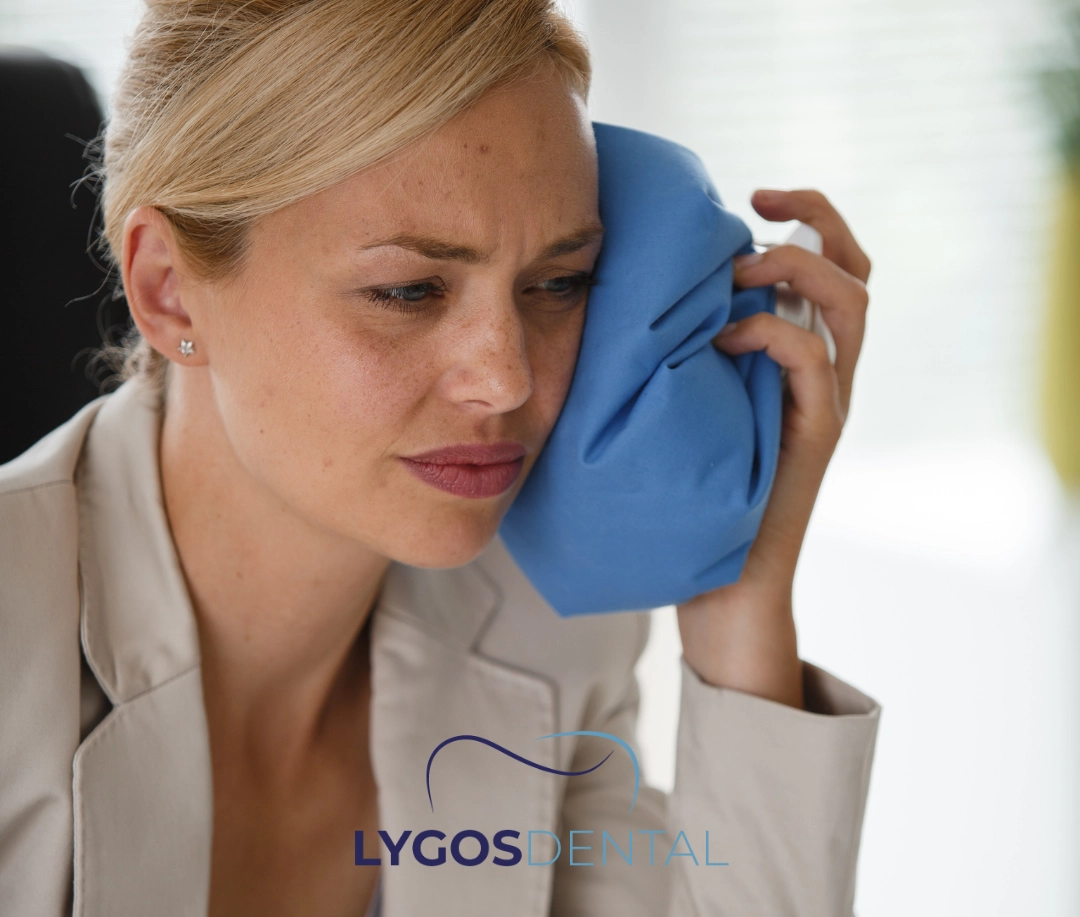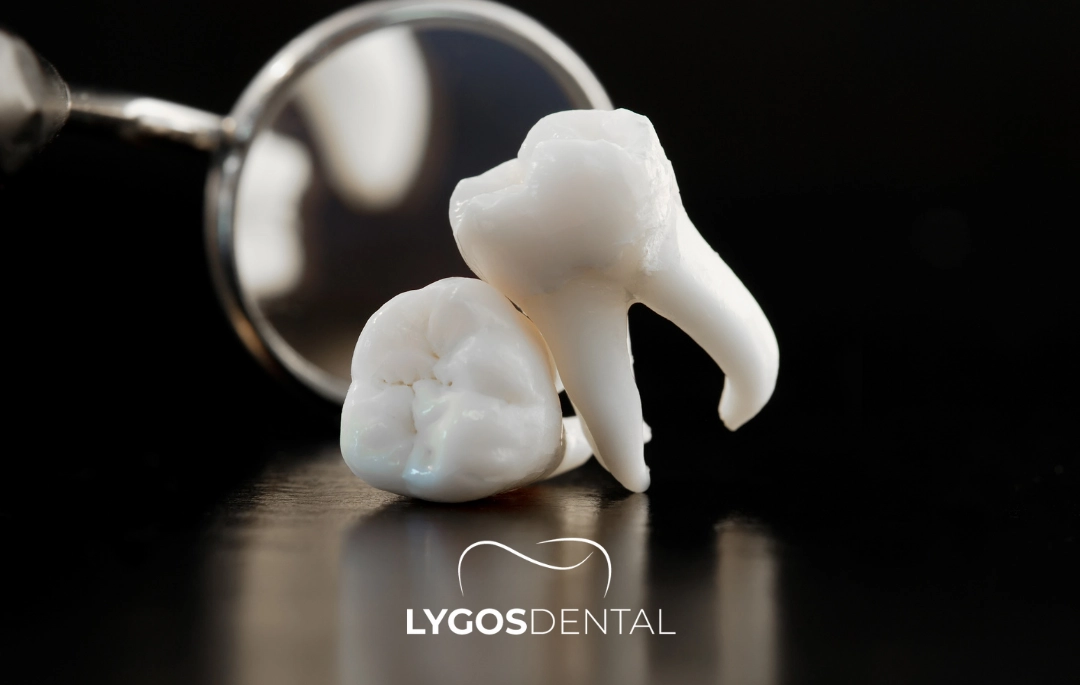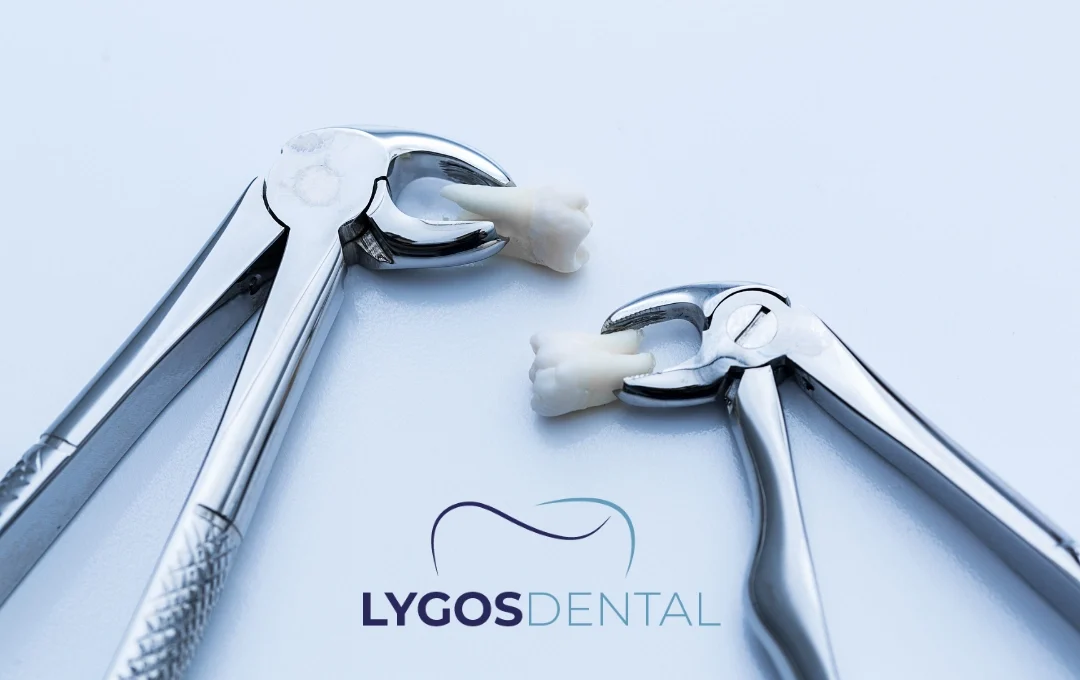Night Toothache Relief: Easy Drug-Free Solutions That Actually Help
So, how does tooth loss affect speech? In this article, we will examine in detail the effects of tooth loss…
Choose Your Topics
Prior to extraction, the dentist or oral surgeon performs an examination and takes X-rays to evaluate the position and condition of the impacted tooth. This assessment helps in planning the extraction procedure effectively.
The patient will receive local anesthesia to numb the extraction area, or in more complex cases, they may receive general anesthesia to ensure complete comfort during the procedure.
When the tooth is lodged in the gum or jawbone, the surgeon makes an incision in the gum tissue to expose and access the impacted tooth for removal.
In some instances, a small amount of bone covering the tooth will need to be removed to access the impacted tooth.
If the tooth is large or has an awkward position, it might be sectioned into smaller pieces to make removal easier.
Once exposed, the tooth will be gently extracted using specialized instruments.
Once the tooth is extracted, the gum tissue is sutured to aid in healing and minimize the risk of infection.
Patients will be given aftercare instructions, which may include the use of pain medication, instructions on cleaning the area, and follow-up appointments to monitor healing.
The diagnosis of an impacted tooth typically begins with the observation of symptoms such as pain, swelling, or an inability to fully open the mouth. However, many impacted teeth, especially wisdom teeth, may remain asymptomatic for years. The most common diagnostic methods include:


Wisdom teeth, also known as third molars, are the most commonly impacted teeth seen in dental practice. These teeth often lack the space they need to erupt properly, resulting in pain, infections, or damage to adjacent teeth. Extracting impacted wisdom teeth follows the same surgical process as other impacted teeth, but it is often more complex due to their location at the back of the mouth.
While wisdom teeth are the most commonly impacted, other teeth, such as canines or premolars, may also become trapped in the gum or jaw. Impacted teeth in the palate, such as maxillary canines, are particularly challenging because they may affect the alignment of the entire dental arch if not treated. Palatal impacted teeth often require orthodontic treatment before or after extraction to correct alignment issues.
The recovery timeline after an impacted tooth extraction is influenced by the complexity of the surgery and the patient’s overall health. During the first 24 hours, swelling and minor bleeding are common. Applying ice packs in 15-20 minute intervals helps reduce swelling, while pain medications manage discomfort.
Applying ice packs in 15-20 minute intervals helps reduce swelling, while pain medications manage discomfort. Rest is essential during recovery, and patients should avoid actions such as spitting, using straws, or rinsing to prevent dislodging the vital blood clot that facilitates proper healing.
By the end of the first week, swelling and bruising typically subside, and stitches (if used) will dissolve or be removed. Following aftercare instructions, such as maintaining oral hygiene and avoiding hard foods, helps prevent complications like infection or dry socket.
By weeks two to four, most patients can resume normal activities, although mild discomfort may persist as the surgical site continues to heal. Any residual swelling gradually diminishes during this period.
Full healing can take several months, particularly for teeth that were deeply embedded in the bone. Regular follow-ups with the dentist ensure that the healing process is on track and allow for early detection of any potential issues. Proper care and monitoring throughout this period are vital for a smooth and complete recovery.


Turkey has become a popular hub for dental treatments, known for high-quality services at affordable prices. The cost of impacted tooth extraction is significantly lower than in many Western countries, all while maintaining excellent care.
This combination of affordability and high-quality care makes Turkey an appealing option for those looking for reliable dental treatments. This makes Turkey an appealing choice for patients looking for budget-friendly options for complex dental procedures such as impacted tooth removal.
Istanbul, as one of Turkey’s major cities, offers numerous clinics specializing in dental surgeries, including impacted tooth extraction. With a combination of modern facilities, highly trained dental surgeons, and competitive pricing, Istanbul has become a key destination for dental tourism.
Numerous clinics in Turkey specifically cater to international patients, providing packages that include accommodation and transportation along with dental care, streamlining the process for those traveling from overseas.


The cost of impacted tooth extraction can vary significantly depending on factors like the complexity of the procedure, the location of the clinic, and whether the patient has dental insurance. For instance, teeth that are fully impacted within the bone require more extensive surgical work, making them more expensive to remove than those that are only partially impacted.
Furthermore, opting for general anesthesia or sedation can raise the total cost of the extraction.Geographic location also plays a crucial role, as dental procedure costs tend to be higher in urban centers compared to rural areas, reflecting the local market rates and operational costs of clinics.
Healing from an impacted tooth extraction usually takes 1 to 2 weeks, with most swelling and discomfort subsiding within the first week. Full recovery, encompassing tissue and bone healing, may require several months; however, patients usually can resume normal activities after the first week.
An impacted tooth embedded in the gum is removed surgically. The dentist starts the procedure by creating an incision in the gum tissue to access the impacted tooth, and may remove a small portion of bone if needed. To make extraction easier, the tooth can be divided into smaller pieces. The entire surgical procedure usually takes around 45 minutes to an hour to complete.
The extraction usually takes between 20 minutes and 1 hour, varying based on the complexity of the tooth's position and the surgical techniques needed.
Impacted tooth extractions are more complex than regular extractions, especially if the tooth is fully embedded in the gum or bone. However, with local or general anesthesia, the procedure is generally manageable, and patients usually feel minimal discomfort during the surgery.
So, how does tooth loss affect speech? In this article, we will examine in detail the effects of tooth loss…
So, how does tooth loss affect speech? In this article, we will examine in detail the effects of tooth loss…
So, how does tooth loss affect speech? In this article, we will examine in detail the effects of tooth loss…

Special Note:
Our treatments are provided by healthcare facilities that possess a health tourism authorization certificate

Special Note: Our treatments are provided by healthcare facilities that possess a health tourism authorization certificate
Selenium Retro, Ataköy 7-8-9-10. Kısım, D-100 Güney Yanyolu No:18/A, 34158 Bakırköy/İstanbul
© 2025, LYGOS DENTAL. All Rights Reserved.